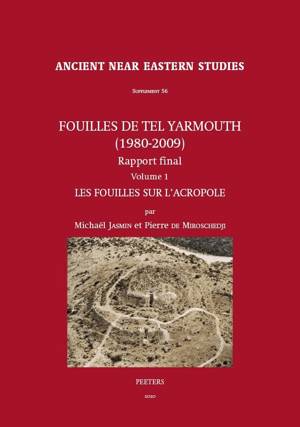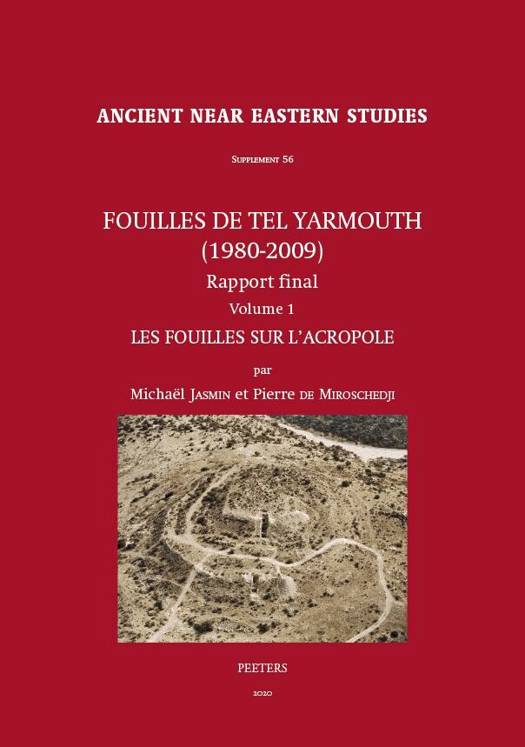
- Afhalen na 1 uur in een winkel met voorraad
- Gratis thuislevering in België vanaf € 30
- Ruim aanbod met 7 miljoen producten
- Afhalen na 1 uur in een winkel met voorraad
- Gratis thuislevering in België vanaf € 30
- Ruim aanbod met 7 miljoen producten
Zoeken
Fouilles de Tel Yarmouth (1980-2009). Rapport final. Volume 1
Les fouilles sur l'acropole
M. Jasmin, P. de Miroschedji
€ 160,00
+ 320 punten
Omschrijving
Tel Yarmuth is a major archaeological site of the southern Levant, located 25 km south-west of Jerusalem. In the Early Bronze Age, it was the largest fortified city-state of this region. Long after its abandonment around 2400 BCE, it was reoccupied on the acropolis only, which remained settled more or less continuously from the Middle Bronze Age II (17th-16th cent. BCE) to the Early Byzantine Period (4th cent. CE). The site is identified with the biblical settlement of Yarmuth and the Byzantine village of Iermochos. This volume is the first monograph of the final publication of the excavations conducted between 1980 and 2009. It is devoted to the excavations on the acropolis where the entire settlement history of Yarmuth was established. It provides an account of those excavations, a detailed presentation of the stratigraphy, extensive descriptions of the pottery and the various archaeological artefacts and ecofacts, and a discussion of the archaeological and biblical contexts of the site's history. The continuous archaeological sequence from the Late Bronze II to the end of the Iron Age I (c. 1200-950 BCE) is especially noteworthy. It illustrates the fate of a Canaanite village in the shadow of larger regional centers during the momentous centuries that witnessed the decline of the Canaanite polities, the rise of the Philistine city-states and the emergence of the kingdom of Judah.
Specificaties
Betrokkenen
- Auteur(s):
- Uitgeverij:
Inhoud
- Aantal bladzijden:
- 582
- Taal:
- Frans
- Reeks:
- Reeksnummer:
- nr. 56
Eigenschappen
- Productcode (EAN):
- 9789042939967
- Verschijningsdatum:
- 22/10/2020
- Uitvoering:
- Hardcover
- Formaat:
- Genaaid
- Gewicht:
- 86 g

Alleen bij Standaard Boekhandel
+ 320 punten op je klantenkaart van Standaard Boekhandel
Beoordelingen
We publiceren alleen reviews die voldoen aan de voorwaarden voor reviews. Bekijk onze voorwaarden voor reviews.








